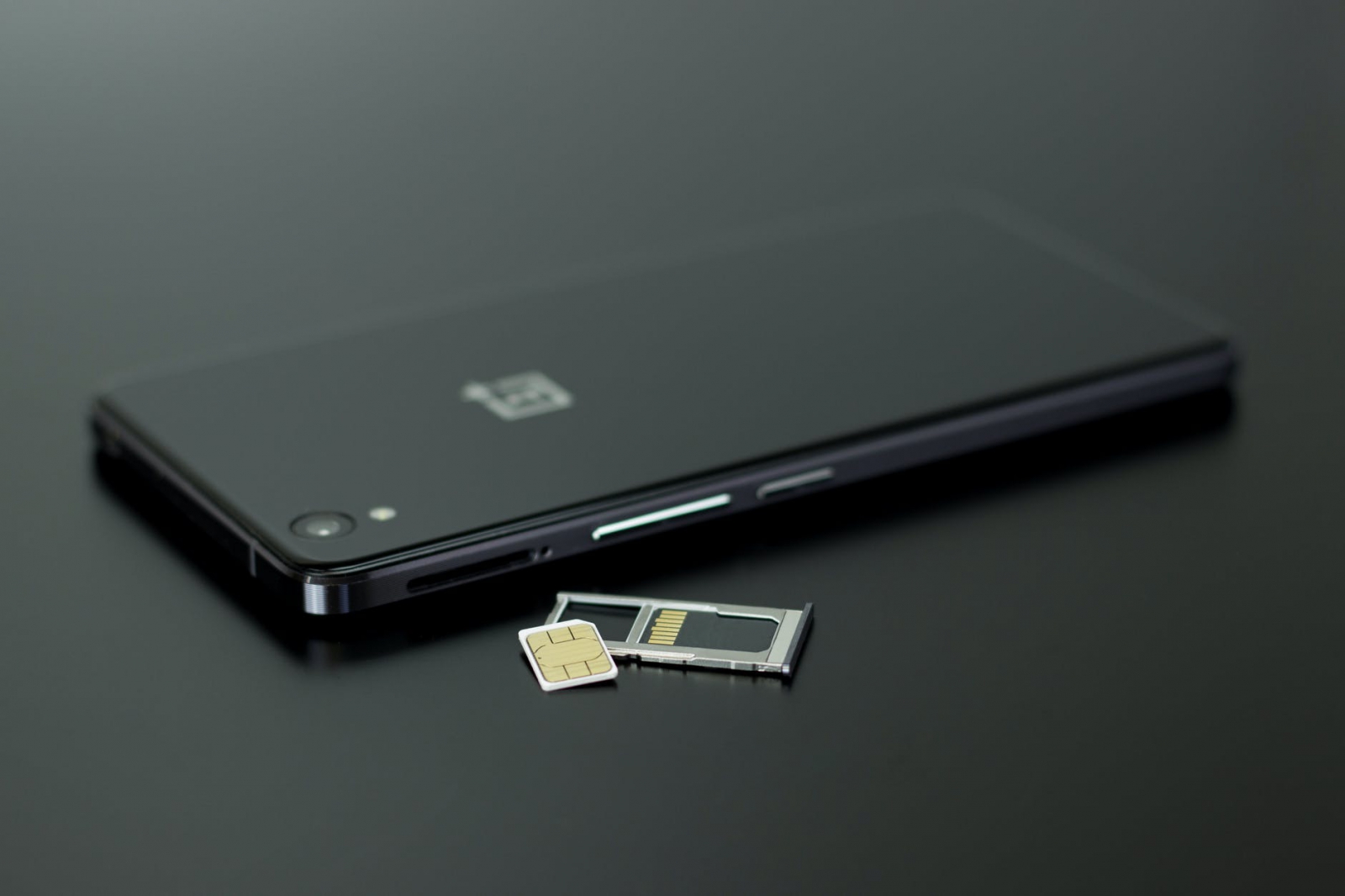The full name of eSIM card is Embedded-SIM, which is a new generation SIM card specification introduced by the GSM Association. As it is in "virtual" form, it can be activated through remote download, and is a product built on 4G services.
Although it is called a "virtual SIM card," eSIM card is still a physical card. However, it is packaged in a SON-8 IC, with a size of only 6mm x 5.0mm x 0.9mm, much smaller than a regular SIM card. It is directly embedded on the mobile device's circuit board, thereby eliminating the need for a traditional SIM card slot.

What are the differences between eSIM and traditional SIM cards?
The traditional SIM card that most people use is removable. Users need to apply for a SIM card from a telecommunications operator and insert it into the slot of their mobile device. With the advancement of technology, SIM cards have evolved from traditional large cards to medium-sized microSIM and mini nanoSIM, and to the latest eSIM card technology. Users only need to scan the exclusive QR code provided by the telecommunications company for configuration and then directly install the card into their phone, without the need to insert a physical card separately. If they need to change their phone in the future, they can also use OTA (Over the Air) to download the eSIM card to the new phone.
What are the advantages and disadvantages?
The global trend of using eSIM cards has gained popularity, and have you been tempted by it? Although the new technology of eSIM cards has many conveniences, there are also things to note. Here is an analysis of the pros and cons:

Easily become a dual-SIM phone
The biggest advantage of eSIM cards is that even if your phone doesn't have a dual-SIM slot, you can enjoy the "dual-card dual-standby" function after activation. We can use different phone numbers to make and receive calls and send messages on the same phone. This way, business people do not have to carry multiple mobile devices and can separate their business and private phone numbers. When traveling abroad, we also do not need to use roaming and can quickly access local data plans.
Eliminates the trouble of switching SIM cards
Unlike traditional SIM cards, eSIM cards are installed directly into the phone by scanning the QR code. Therefore, users do not need to remove or replace SIM cards on their devices, and can switch between different telecommunications providers. After all, SIM cards are small and fragile, and we may accidentally lose or damage them.
Can be useful even if your phone is stolen
If your phone is stolen by a malicious person, the first step of a smart thief is usually to remove the SIM card to avoid being tracked by signals. However, there has been a real case reported in the news where the owner of the lost phone used an eSIM card. The thief did not find anything in the card slot and assumed that the phone did not have a SIM card installed, so they continued to use the phone without worry. Eventually, they were caught because their signal was traced.
Switching devices or losing them will incur additional fees
Currently, all five domestic telecommunications operators have fully opened eSIM functionality. Chunghwa Telecom is the only operator that allows prepaid cards to use eSIM. The usage scope of each telecom operator is slightly different. Some operators have launched a "new number application exemption from setting fees" promotion to promote this service. Other operators will charge a fee of NT$300. It is worth noting that in the future, if users want to replace their devices, lose their phones, or switch to other telecommunications operators, they will also be charged an additional NT$300 setting fee. If you are a person who frequently encounters the above situations, you must think twice before opening eSIM functionality!
Mobile devices need to support eSIM functionality
As eSIM is a new technology introduced in recent years, not every phone or smartwatch supports this feature. Users must carefully review the relevant specifications before applying. The commonly available devices in the market that support eSIM include: Google Pixel 2 flagship model, iPhone Xs, XR, XS MAX, Apple Watch S3, S4, the latest S6, and Apple Watch SE, and so on.